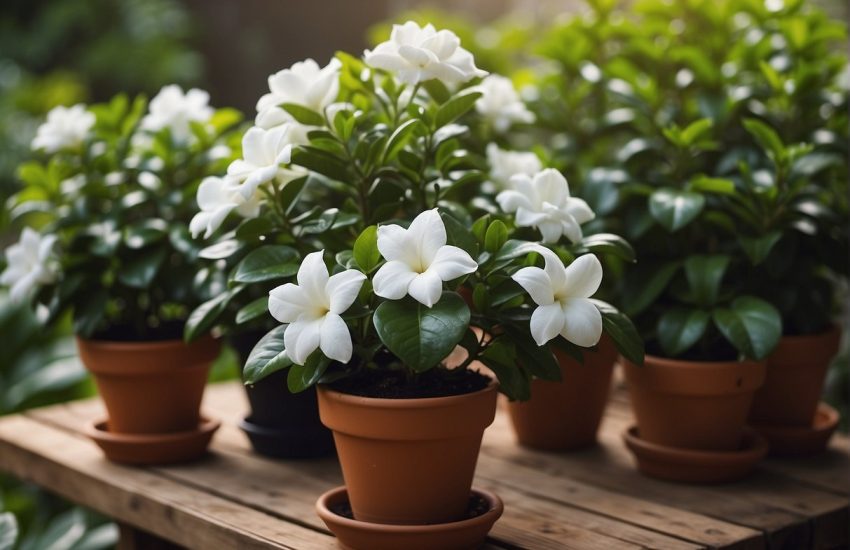How to Deadhead Shasta Daisies
Firstly, you will find the whys and hows of deadheading Shasta daisies. If you don’t know how and when to deadhead, you will learn or at least have an opinion about the procedure of deadheading Shasta daisies. On the other hand, if you have experience with deadhead, you may also check your knowledge and realize new things you may have missed. As a result, you are at the right place to learn how to deadhead Shasta daisies.
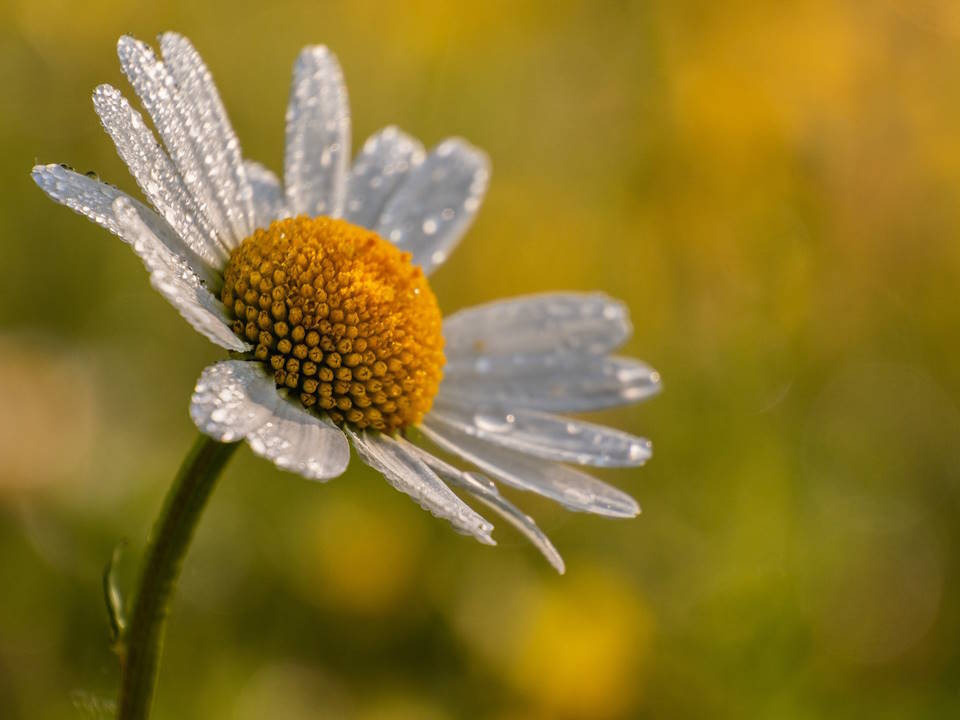
Introduction
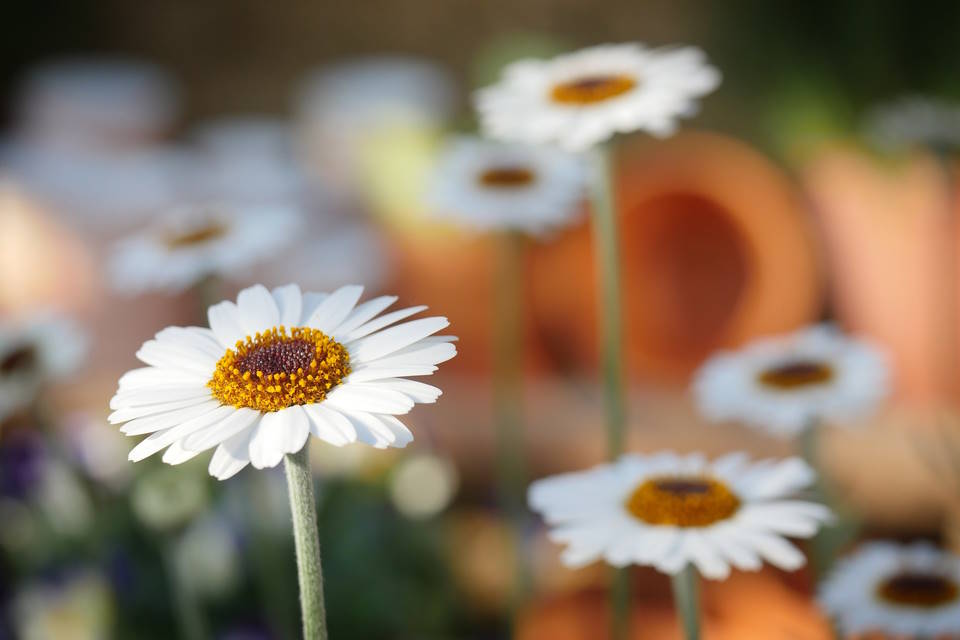
Shasta daisies (Leucanthemum x superbum), named for Mount Shasta, can grow to approximately 8 inches tall. Luther Burbank hybridized the Shasta daisies, composed of ray and disk florets. They also have varieties like ‘Becky,’ ‘Crazy Daisy,’ ‘Banana Cream,’ ‘Snow Lady’and so on…
And fortunately, this perennial doesn’t need so much care. They are drought-tolerant flowers, so that you can water them weekly. They should be in moist and well-drained soil. In spring, when they bloom, they have their gorgeous view and turn your garden into a festival. Then through the end of spring, when their colors turn brown, you should remove these spent blossoms. This is called deadhead.
What Is Deadhead?

Deadhead is a simple way (you don’t need to have a green thumb) to have some new Shasta daisies faster and safer. We can also describe it as the removal of the wilted blossoms that are generally brown. And this is a necessity to ensure the daisies’ health. In this way, the plant’s energy will help form the new daisies. Also, Shasta daisies like to spread whenever it is possible. So if you deadhead the Shasta daisies regularly, you will help avoid the unwanted self-sowing.
If you want to have healthy, fresh-looking flowers, the first thing you should do is to take care of them. Flowers need maintenance. One of the most important and easiest tasks is to deadhead Shasta daisies. It is indeed an easy task to do because anyone can do it. Also, it is essential because it provides the yearly maintenance of Shasta daisies. Thanks to deadhead, you can keep their blooming longer.

When you deadhead Shasta daisies, you will see that they will react to deadhead. This is because they are perennials that come back year after year. This means they will produce more flowers after deadhead. Thus, more people can do the “he/she loves me, he/she loves me not” routine by pulling the long white petals around the golden button right in the middle.
On the one hand, we can say that deadhead has a positive effect, like avoiding diseases. Because sometimes daisies are infected with a fungal disease. This disease causes Shasta daisies rapidly wilt and change their color. In this case, deadhead is highly recommended, especially for infected flowers. Because it may spread and destroy all the flowers quickly. As it is not easy to abolish this kind of fungal disease with some chemicals, preventing its spread with a deadhead will be easier. Deadhead is not only a solution for fungal disease but also some other diseases and widely known pests.
When to Do Deadhead?
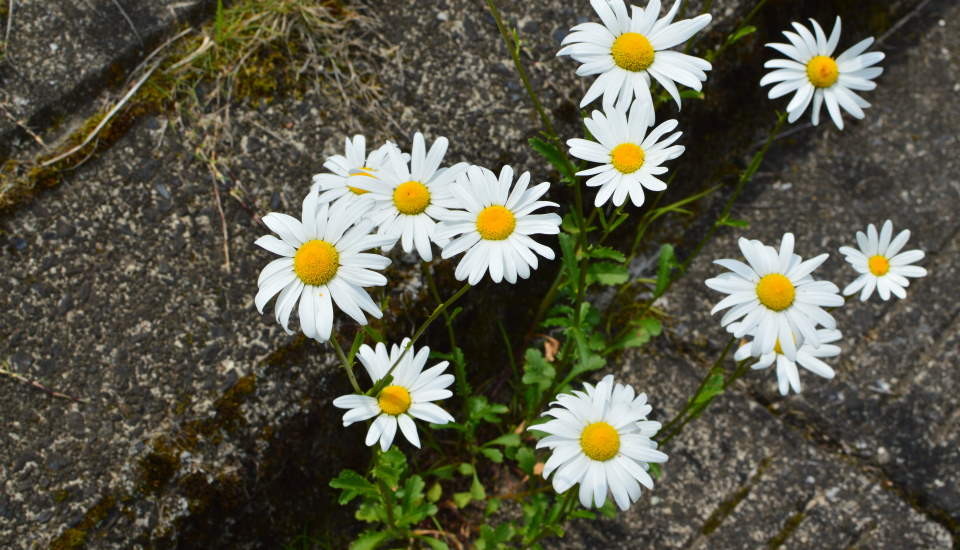
If your flowers begin to fade or become brown, then this means that it is time to deadhead. To do this, you should follow your flowers carefully. Maybe you can take notes or take photos of your Shasta daisies daily so you can see their color changing.
After a long and tiring winter, daisies make you feel energetic, fresh, and ready to start new things. Spring is the awakening of nature. Shasta daisies bloom until the early months of fall. They should be kept in their beds as they are resilient and spread quickly. Their blooms last a week or sometimes more than a week. When they begin to fade and turn brown, it is time to deadhead these flowers.
Why Do the Shasta Daisies Need Deadhead?
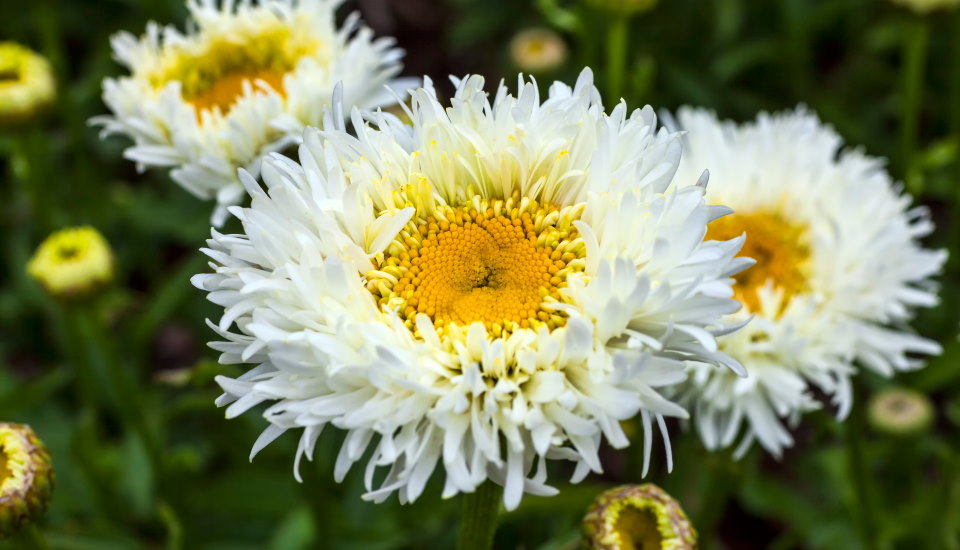
Every living thing has a life cycle. Every creature lives for a while and dies. But in the plant kingdom, it is a little bit different. The plants come alive. When we talk about Shasta daisies, it is not too long for them to come to life. They come to life from their seeds again. When you deadhead the flowers, you give courage to them to live and grow by keeping the Shasta daisies fresh which extends their flowering period. Deadhead also prepares the Shasta daisies for winter. So, it should be done in late fall or early winter.
How to Deadhead Shasta Daisies?

There are some varieties of deadhead. You can decide what to do according to your Shasta daisies’ current condition. For example, if your daisies look slimy, brown, trashy, without buds, and don’t look good, then you can cut all of them to the ground. So, you can leave the root under the soil. Then for next year, it can grow and bloom immediately from the root itself.
Or another way, as soon as your Shasta daisies finish blooming and if the heads are wilted, you can just cut them halfway down, and in this way, the lower leaves remain green and get photosynthesis. Then, of course, they will bloom the next time again.
Moreover, deadhead should be done above the new buds (if any). If there aren’t any new buds, they can be cut right above the first leaf. While cutting, your tool should be sharp and strong. You shouldn’t pull the flower or buds and damage the plant. If your tool isn’t sharp enough to cut them off, you had better change it. Because to give harm to a living plant will be the last thing we would desire.
As time goes on, you can deadhead the new brown flowers of your Shasta daisies, and then you will have a new flower ready for the new season.
What to Do After Deadhead?
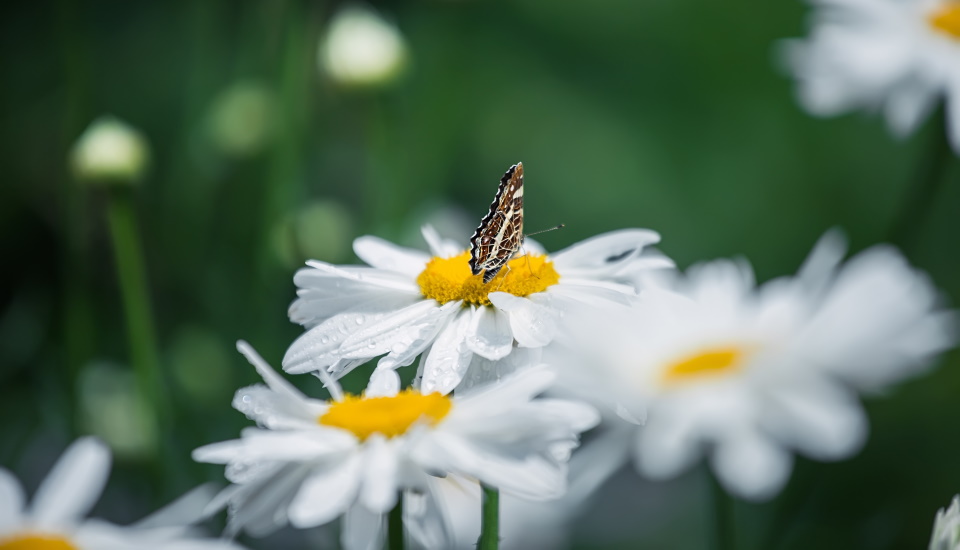
After you deadhead your Shasta daisies, you can put the heads into a paper bag or lay them on paper and let them dry for a while. Because when the Shasta daisies fade, their brownish-yellow button turns to seed. This attracts birds like finches, sparrows, and many more… After they dried, you can use the seeds for new daisies for free. You can replant them wherever you want in your garden or you can leave the heads in your garden and let the birds eat the seeds or other animals like caterpillars or butterflies looking for a place to leave their young.
Conclusion
To sum up, we have talked about Shasta daisies and deadhead. And we concluded that deadhead Shasta daisies have so many advantages for our garden and the plant itself. Our garden will surely look cleaner and tidier in an aesthetic way. And from the point of daisies, it is healthier. When we remove the wilted blooms, they breathe and give their energy to reproduce new flowers. As we have seen that they spread quickly, it will not take too long for the fresh blooms to come to life.
We have also talked about how to deadhead our lovely Shasta daisies, which are wilted and ready to leave. It is important to cut them in the right place. In this way, they will bloom again and again. Deadhead will give courage to their growth and more buds. Besides, its flowering season will extend.
We hope that the information mentioned above we have talked about will help you how to deadhead your lovely Shasta daisies. So, don’t forget to deadhead your Shasta daisies and make your garden look fabulous nearly in all seasons. While looking at your Shasta daisies, don’t forget to memorize Mount Shasta and its snowy summit.
You may also be interested in:
Domino Peace Lily : How to Grow & Care
Hearts of Gold Redbud Tree : How to Grow & Care
Why is My Sago Palm Turning Yellow? And How Can I Solve This?

